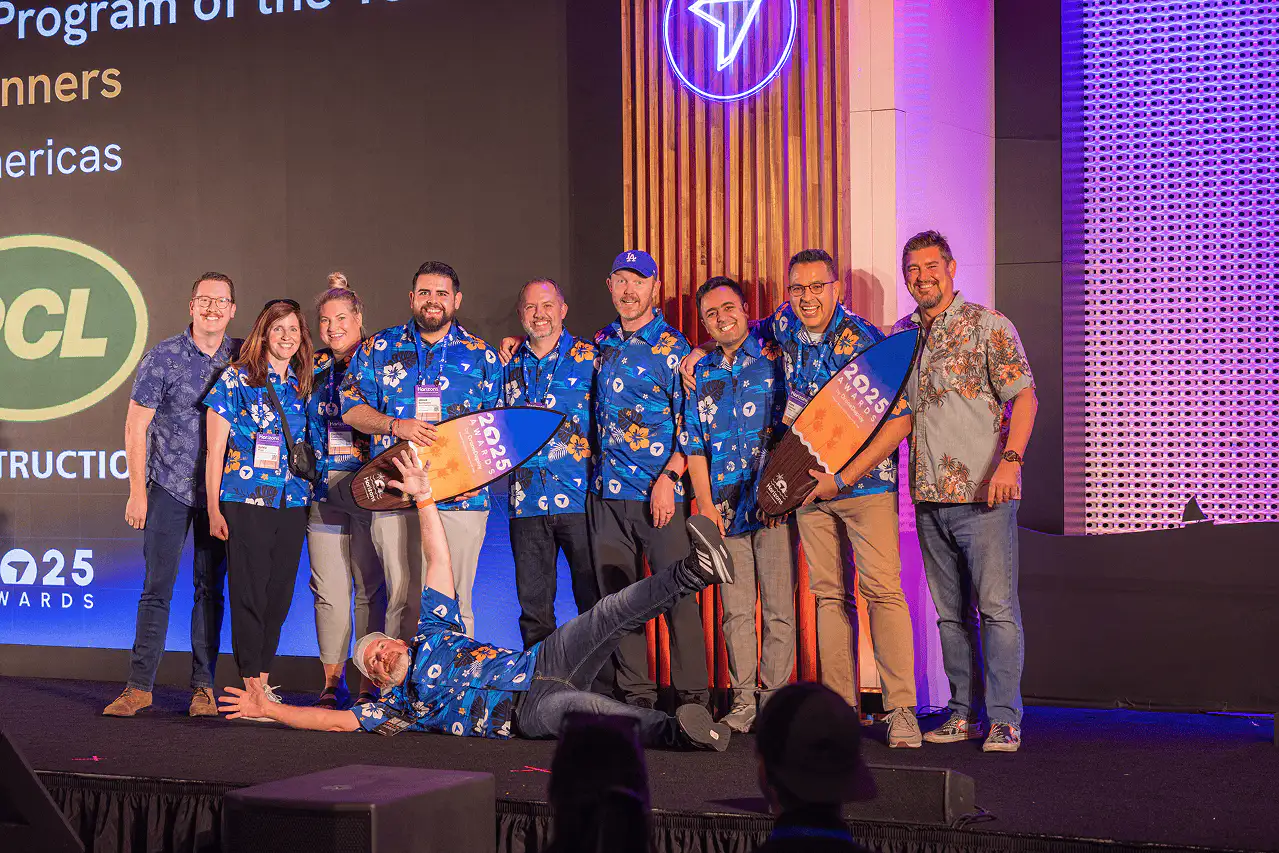Counting endangered penguins in the South Pacific: DroneDeploy and The Tawaki Trust

Quick Summary
On New Zealand’s remote Bounty Islands, crested penguins face severe threats from fishing, oil spills and invasive predators. That’s why the conservation group Tawaki Trust partnered with DroneDeploy to bring advanced drone‑based reality capture into their survival strategy.
Using 3D modeling, AI annotations and aerial mapping, the team captured accurate, day‑one population data for both crested penguins and Bounty Island shags – species whose last survey dates back to 1978. The approach lets researchers access cliff‑hidden colonies, automate bird counts and dramatically reduce field time. With climate pressures increasing, this tech‑driven monitoring offers new hope for endangered species in one of Earth’s most remote ecosystems.
On New Zealand’s remote Bounty Islands, crested penguins face numerous challenges to their survival.
For years, commercial fishing, oil spills, and nonnative predators have endangered the species. It’s why, due to their isolation, crested penguins are the least known studied species on this planet – and the most threatened.
But a unique partnership between Tawaki Trust and DroneDeploy is improving these penguins’ chances for survival.
Tawaki Trust and DroneDeploy
The Tawaki Trust is a conservation organization dedicated to the protection of crested penguins and their habitats. The trust conducts vital research to understand the behavior, population dynamics, and threats faced by these unique birds. In order to obtain the best data possible for their research, the Tawaki Trust sought out drone technologies which can help them streamline how they monitor penguins.
Using DroneDeploy’s suite of reality capture tools, including 3D modeling, AI Annotations and photo stitching, Tawaki Trust researchers are able to identify and count endangered penguins in ways no other research organization has.

Protecting endangered species with drone mapping and 3D modeling
With drones in hand and DroneDeploy on their screens, the Tawaki team sailed approximately 500 miles southeast of New Zealand’s mainland to the Bounty Islands. Once there, they were able to capture the populations of both the crested penguin and the vulnerable Bounty Island shag.
While accurate population data is crucial for developing effective conservation strategies, getting a true count has proven challenging: prior to this study, the most recent population estimate for either of these species took place in 1978.

Critical to these counting efforts was the implementation of 3D models. With a 3D model, the team could see the endangered penguins on cliffs and other areas that are often obscured when using conventional top-down orthomosaics. In addition to 3D models, the team also used DroneDeploy’s AI Annotations as a way of identifying each individual bird. By providing just a small amount of sample data, DroneDeploy was able to train custom AI models to find and count the penguins accurately in aerial imagery, saving the Tawaki Trust team over a week of time in the field.
With a rapidly changing climate, consistent monitoring of endangered species is crucial toward ensuring their future survival. It’s why the Tawaki team have already ventured back to the islands to collect more data using 3D and 2D models collected from DroneDeploy.

AI Annotations and you
If DroneDeploy’s AI annotations can detect endangered penguins in some of the most remote areas on Earth, imagine what it’s able to do for your part of the world. DroneDeploy’s customized AI models for object detection unlocks new potential for how you see your drone maps.
Learn more about DroneDeploy’s AI Annotations here.
And feel free to reach out to our team to discuss how this feature and our platform can help you solve your business challenges.
FAQ
Related articles
Ready to manage your data from the very start?
Book a quick call to see how DroneDeploy streamlines capture from construction through building ROI.
.svg)
.png)


